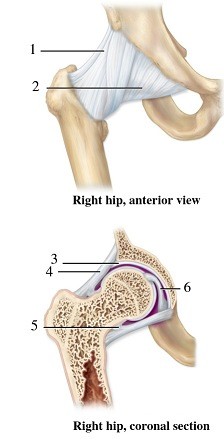You are a scientist at a pharmaceutical company. You know that treating Parkinson's disease patients with dopamine has been ineffective in the past, however, your company has recently developed a method to modify drugs that can help them cross the blood-brain barrier. If you modified dopamine in this way, would it make dopamine treatment of Parkinson's more effective?
A. No, because injecting dopamine only makes the substantia nigra down-regulate its own production of dopamine.
B. No, because dopamine will be broken down in the body before reaching the brain.
C. Yes, a central issue with dopamine treatment is that dopamine cannot cross the blood-brain barrier.
D. No, because acetylcholine is the main neurotransmitter that is deficient.
Answer: C
You might also like to view...
A patient's blood pH is 7.48; partial pressure of carbon dioxide is 32 mm Hg and levels of bicarbonate in the blood are 20 mEq/liter. What can you tell about this patient's condition? Explain your answer
What will be an ideal response
What material is transported in the sinusoids of the liver?
A. Bile B. Arterial blood C. Venous blood D. Mixed arterial and venous blood E. Hepatic juice
A feature unique to keratinocytes in the stratum corneum is that cells in this location:
a. Contain basophilic keratohyaline granules b. Have a short half-life and rapidly undergo mitosis to form new cells c. Have large numbers of mitochondria d. Lack discrete nuclei e. Possess large numbers of desmosomes
 These figures show the coxal joint. Which number indicates the pubofemoral ligament?
These figures show the coxal joint. Which number indicates the pubofemoral ligament?
A. 1 B. 2 C. 3 D. 4 E. 5